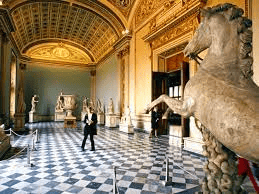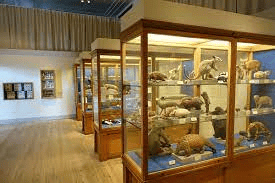If you’re looking to create a museum with a history that will capture your audience’s attention, you’ll have to pay attention to details. One of the most important details to consider is the order of the museum’s exhibits. They should be organised chronologically, so visitors can walk through them and absorb the information exhibit by exhibit and story by story. To achieve this, museum exhibits should include textual descriptions, graphics, labels, and sounds to provide additional visual cues for visitors.

The design of a museum can also make a difference. While there are books available online about just about anything, museums need to make their exhibits stand out and be as interactive as possible. An interactive central atrium is a great way to tie themed sections together. The central atrium provides an opportunity for discussion and reflection, as well as a place to host workshops and presentations. If it’s designed properly, the museum will make a difference for both the museum and its visitors. For museums and other attractions, look at Things to do in Bude and visit https://www.localthingstodo.co.uk/locations/things-to-do-in-bude/
The design of a museum is a crucial component of a museum’s success. Renzo Piano, a leading architect and museum designer, believes that all buildings are rooted but lifted above ground. This allows urban life to blend seamlessly with the life of a building and the public realm. Likewise, a museum’s exterior should not dominate its surroundings, but instead should be an extension of the surrounding city.
Having a clear understanding of your target audience is an important consideration for creating the exhibits that will engage your audience. Using research and demographics to determine the demographics of existing visitors and the neighbourhood surrounding the museum will help you target the best possible visitor. By understanding your audience and their interests, you can develop the exhibits to be more engaging.

A good museum should be a steward of public resources. Museums must identify the community they serve and strive to be good neighbours in that community. It should also be inclusive and offer opportunities for diverse participation. Museums must also assert their public service role, placing education at the centre of their mission.
Podcasts are a powerful tool for engaging audiences, and can also help museums humanise their institutions. For example, the National Trust recently produced an audio series about LGBTQ history that used the voice of Clare Balding. Podcasts are great for humanising institutions. Museums often have hierarchical narratives, so a clear format is key to engaging audiences. By focusing on the experiences of many different people, podcasts can help institutions become more inclusive and human.
